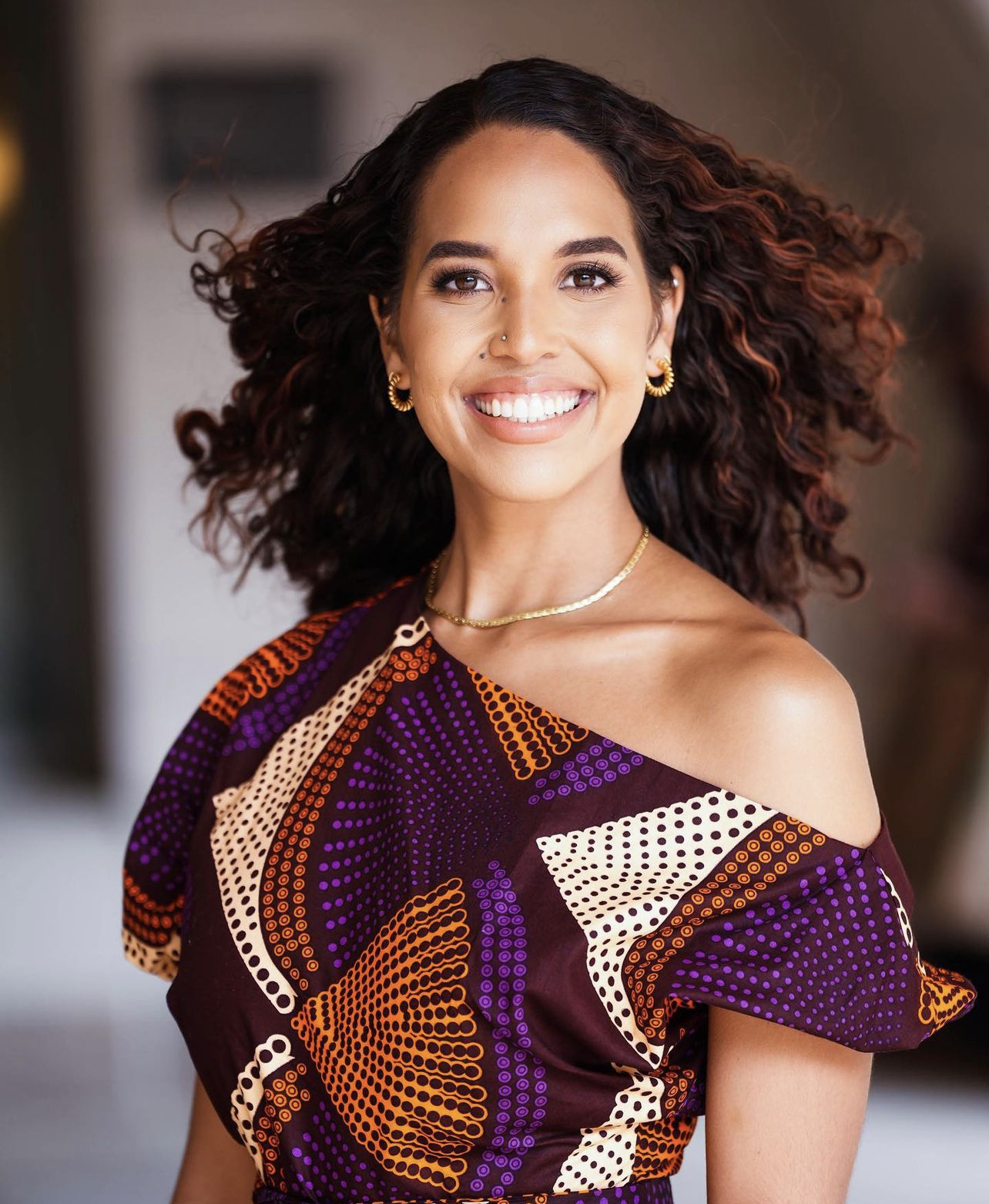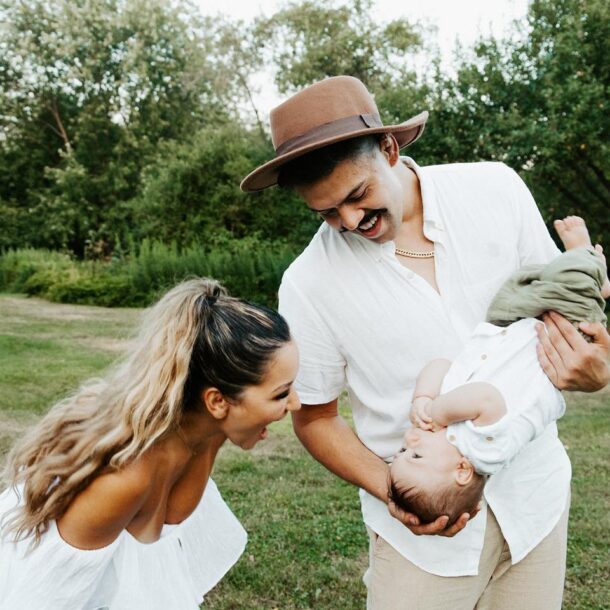Portrait lighting tips | The essential guide for photographers

Portrait photography is an art form that revolves around capturing the essence and character of your subject. Lighting plays a crucial role in achieving stunning and impactful portraits. In this blog post, we’ll explore essential portrait lighting tips to help you master the art of illuminating your subjects and creating captivating portraits.
1. Understand the Basics: Types of Light: Before diving into portrait lighting, it’s vital to understand the two primary types of light: natural light and artificial light. Natural light can provide a soft, flattering illumination, while artificial light, such as studio lighting, offers more control.
2. Work with Natural Light: When using natural light, choose the “golden hours” of sunrise and sunset for soft, warm illumination. Position your subject with their face towards the light source, which can be the sun or a large window.
3. Utilize Reflectors: Reflectors are excellent tools for bouncing light back onto your subject’s face, reducing harsh shadows, and creating even, flattering illumination.
4. Master Artificial Light: If using artificial light, learn to work with equipment like softboxes, umbrellas, and beauty dishes. Experiment with different modifiers to achieve the desired look.
5. The Three-Point Lighting Setup: The classic three-point lighting setup involves the key light, fill light, and backlight. The key light is the primary light source, the fill light softens shadows, and the backlight separates the subject from the background.
6. Study Lighting Ratios: Understanding lighting ratios helps you control the contrast in your images. A lower ratio results in a softer, more flattering look, while a higher ratio creates dramatic contrast.
7. Experiment with Direction: Vary the direction of your light source. Frontal lighting is even and flattering, while side or back lighting can add depth and drama.
8. Embrace Shadows: Don’t be afraid of shadows. Shadows can add depth, mood, and character to your portraits. Use them creatively to tell a story.
9. Pay Attention to Catchlights: Catchlights are the reflections of your light source in your subject’s eyes. They add life and sparkle to the eyes, so ensure they’re well-positioned.
10. Consider Your Subject’s Skin Tone: Different skin tones may require adjustments in your lighting setup. Experiment to find the right balance to flatter your subject’s complexion.
11. Keep it Simple: Sometimes, the simplest lighting setup can yield the most striking results. Don’t overcomplicate your setup if it’s unnecessary.
12. Post-Processing: Post-processing tools can enhance your portrait lighting. Use software like Adobe Lightroom or Photoshop to fine-tune your images.
13. Practice and Experiment: Ultimately, practice is the best teacher. Experiment with different lighting setups, techniques, and scenarios to expand your skills and creativity.
Portrait lighting is a fundamental aspect of photography that can make or break your images. These essential portrait lighting tips provide a solid foundation for photographers looking to enhance their skills and create captivating portraits. Remember, each lighting scenario is unique, and there are no one-size-fits-all rules. Flexibility, creativity, and continuous learning are key to mastering portrait lighting and producing remarkable portraits that tell compelling stories. So, grab your camera, explore various lighting techniques, and capture the essence of your subjects in a whole new light.

Related Articles
No products in the cart.















